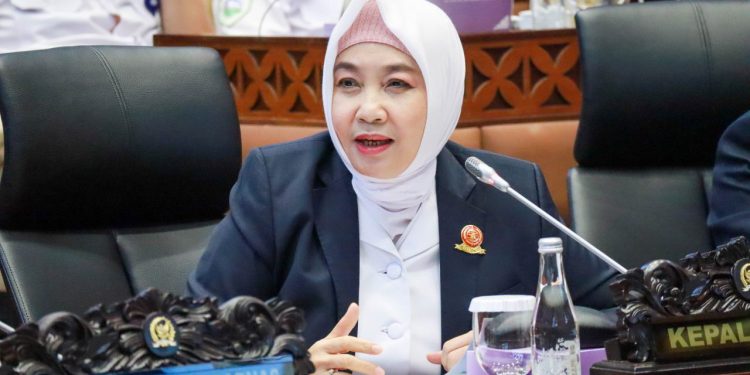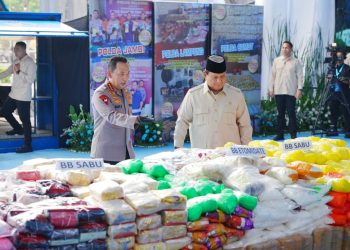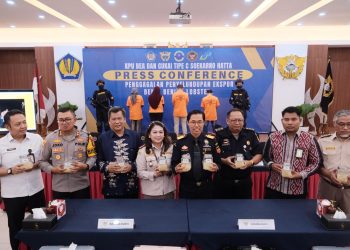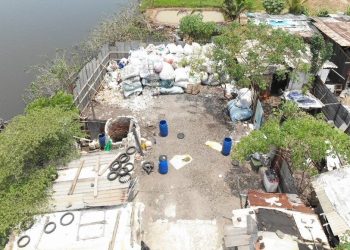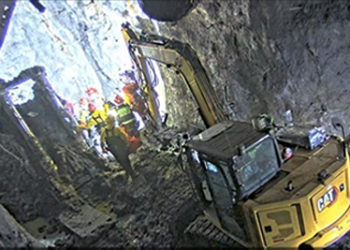Jakarta, Indonesia Sentinel — The Meteorology, Climatology, and Geophysics Agency (BMKG) has issued a warning about the potential for rain-triggered lahar floods from Mount Lewotobi Laki-Laki in East Nusa Tenggara (NTT) as the region enters its rainy season amidst extreme weather conditions.
BMKG Chief, Dwikorita Karnawati attributed the increased risk to the ongoing La Niña phenomenon and atmospheric dynamics.
“Learning from the recent events at Mount Marapi in West Sumatra, we urge everyone, including local communities, to stay vigilant as rain-induced lahar floods can occur at any time and pose serious danger,” she said in an official statement on Monday, November 18, as cited from Detik.
Local authorities and residents living near the mountain’s slopes and along river channels are advised to take precautionary measures by avoiding areas near riverbanks that receive runoff from volcanic slopes, especially those recently affected by eruptions.
Rain-Triggered Lahar Floods
Dwikorita explained that rain-triggered lahar floods are fast-moving, large-scale floods caused when heavy rain mixes with volcanic debris such as ash, sand, and rocks left behind by eruptions. This mixture can also carry logs and other debris down river paths.
“These lahar floods, like those experienced in West Sumatra, can endanger lives, bury settlements, and sweep large boulders downstream. During volcanic eruptions, not all material flows down immediately; some accumulate on the slopes. Heavy rainfall can then dislodge this buildup, significantly increasing the risk of lahar floods,” she added.
According to Dwikorita, the threat of such floods is further heightened this rainy season due to La Niña, which is expected to persist from late 2024 until at least March or April 2025. This global climate phenomenon results from cooler-than-average sea surface temperatures in the Pacific Ocean, which typically leads to a 20-40% increase in rainfall across much of Indonesia.
Weather Conditions in East Nusa Tenggara
Reporting the weather in East Nusa Tenggara, BMKG Deputy for Meteorology, Guswanto explained that weather conditions in East Nusa Tenggara have varied significantly over the past week.
“As of early November 2024, parts of East Nusa Tenggara have entered the rainy season. However, the area around Mount Lewotobi Laki-Laki is not expected to see consistent rainfall until early December,” Guswanto noted.
The forecast for the next 10 days suggests generally clear to partly cloudy skies, with occasional light rain in the NTT region.
“Given the continued potential for heavy rainfall, there is an increased risk of wet hydrometeorological disasters, including lahar floods, especially in areas near Mount Lewotobi. We urge residents in these vulnerable regions to remain calm but maintain heightened vigilance, as follow-up disasters could occur without warning,” Guswanto emphasized.
BMKG continues to monitor weather patterns closely and advises the public to stay updated through official channels for further alerts and safety recommendations.
(Raidi/Agung)


